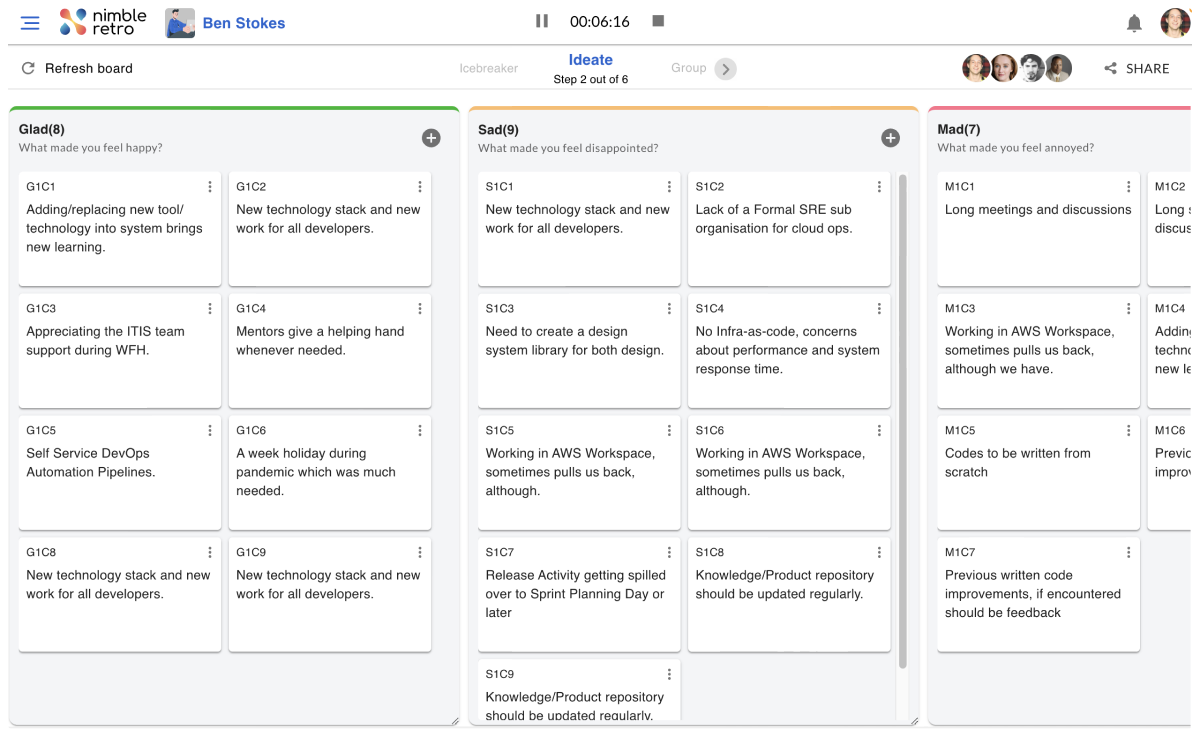The term “Goal” is often vaguely used to communicate different things. In our context, it is defined as “an aim or desired result” or “the destination of a journey”. Thus, the focus of the goal-setting process has to be the “desired result” or the “destination”. We refer to this as the OUTCOME.
Goal setting approaches have been there for decades. They have all been very popular – MBO,SMART, BSC, KPIs, etc. Yet, OKRs have gained significant adoption.
OKRs bridge the gap between individual tasks and the company’s strategic vision. This alignment ensures that every project and task is purposeful and contributes directly to the company’s overarching goals.
The key difference between OKRs and past approaches is – OKRs move the focus of the organization to tracking outcomes rather than just work completion. In real life, it is often seen that planned work gets done; yet, the expected outcomes are not seen! Work accomplished is 60-70% completed but the OKR progress is stalled at 10-15%. In this scenario, the team feels that it has met its objective but the organization’s objectives have not been met.
OKRs bring the organization’s focus to tracking outcomes from early days so that IF the incremental completion of planned work does not start delivering incremental outcomes, then the team can reflect and course correct. This “fail-fast” approach makes it remarkably different compared to past goal setting approaches.
6 ways OKRs enhance goal setting:
1. Aligning Team Efforts with Organizational Goals
Incorporating OKRs into your business strategy ensures that individual tasks are aligned with the company’s vision. Clearly defined objectives and key results help teams understand how their work impacts overall goals, creating a unified direction and advancing strategic ambitions.
In the screenshot above, we show how Nimble’s OKR solution accomplishes this alignment by aligning strategy to execution.
2. Improving Focus and Accountability
OKRs enhance focus by setting clear, measurable key results. This clarity helps employees prioritize high-impact activities and eliminate distractions. The framework also establishes accountability, as team members commit to achieving key results and are responsible for their performance. This sense of ownership drives motivation and ensures each member contributes to the company’s progress.
3. Breaking Down Silos and Enhancing Collaboration
OKRs foster cross-departmental collaboration by breaking down organizational silos. When everyone is aware of common objectives, it’s easier to share resources, exchange insights, and work together effectively. This collaboration leverages collective expertise and propels the organization forward.
4. Encouraging Ambitious Goal Setting
OKRs are designed to drive innovation through ambitious, yet achievable goals. This approach encourages teams to push beyond their comfort zones, leading to breakthroughs in productivity and creativity. Ambitious goal-setting fosters a forward-thinking mindset and supports calculated risk-taking, viewing unmet targets as learning opportunities rather than failures.
5. Enhancing Transparency and Monitoring Progress
OKRs promote transparency by making goals and progress visible to all stakeholders. This visibility enhances coordination, identifies roadblocks early, and supports mutual support among team members. Regular check-ins and updates facilitate continuous progress monitoring. Initiatives (sub key results) can be tracked as shown above, ensuring that progress is aligned with desired outcomes. This approach allows for real-time adjustments, keeping initiatives on track or pivoting as needed.
In the screenshot above, we show how Nimble OKR’s present a hierarchical view including the rollup of progress from the lower levels to the higher levels.
6. Fostering a Culture of Feedback and Continuous Improvement
OKRs involve a cyclical process of evaluation and feedback. This iterative approach encourages teams to reflect on their performance, share constructive feedback, and refine strategies. Regular retrospectives, or retro sessions, play a crucial role in celebrating successes and hearing from the trenches what issues they face. OKRs, supplemented by Retrospectives, foster a culture of continuous improvement in a physiologically safe environment.
Conclusion
Implementing OKRs is a transformative approach to goal-setting and performance management. By aligning individual tasks with organizational objectives, fostering cross-departmental collaboration, and enhancing focus and accountability, OKRs drive strategic success. The framework’s emphasis on ambitious goal-setting and transparency ensures that teams are motivated, coordinated, and agile in their efforts. Regular feedback and iterative improvements further support a culture of growth and excellence. Embracing OKRs not only streamlines goal achievement but also propels your organization towards continuous innovation and progress. Nimble OKR makes this seamless by providing a user-friendly platform that helps you set, track, and achieve your objectives with clarity and precision. Signup for a Free trial











